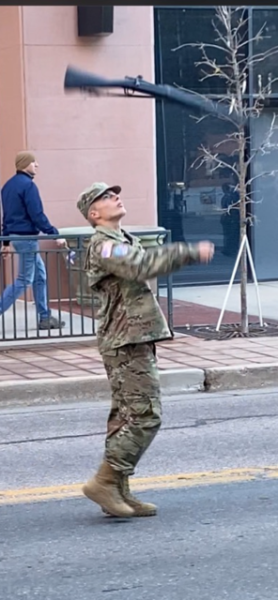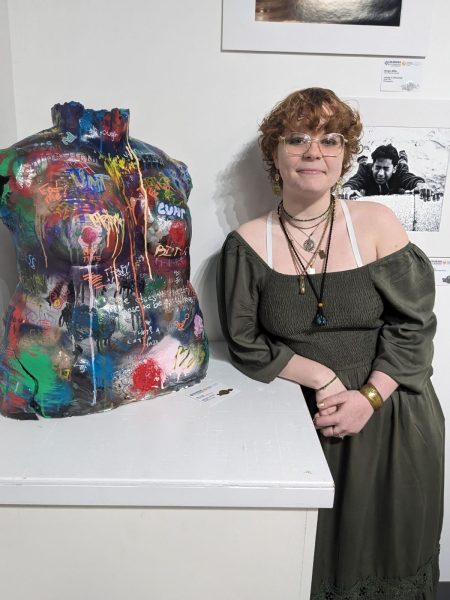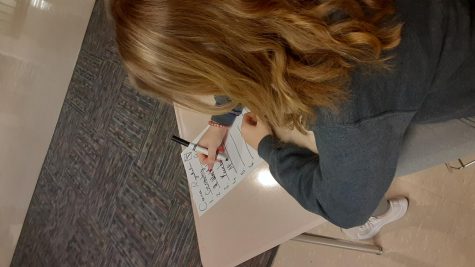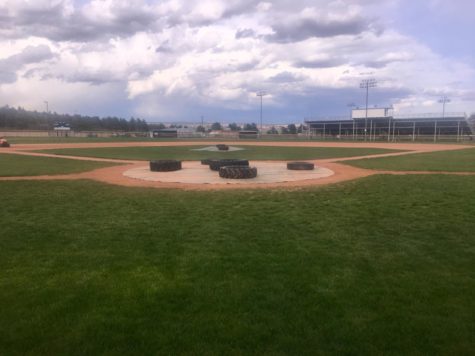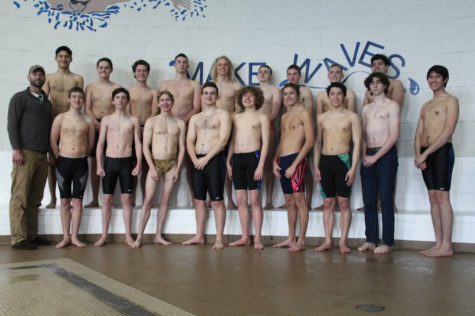Dress Code Done Right
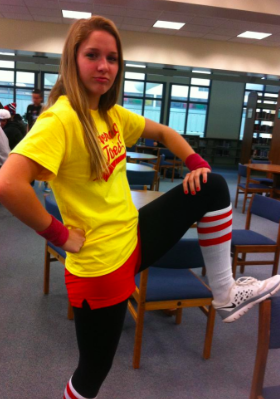
Anna Sawyer having fun in her Halloween costume. Original Photo.
Students dislike American school dress codes more and more with every passing year. Kids have organized school walkouts, protests in front of schools, and ditch days to take a stand on what they are allowed to wear in school. These kids go a very long way to make sure they feel that they can express themselves through their choice clothing.
In Lakewood High School in Ohio, about two dozen students gathered outside of the building during school hours wearing the clothing they wanted, but the school didn’t respond to the protest. The dress code at this school prohibits hoodies, low necklines, athletic team uniforms, saggy or baggy clothing, unnaturally colored hair, see-through material, and holes in clothing.
Quite a few students are aggravated by these rules because they feel that it supports the notion that society teaches girls how not to get raped, rather than teaching boys not to rape. They feel that the rules asking them to cover up so much of their bodies makes women seem like objects and they also feel disrespected by the restrictions. Fortunately, the students in protest got through to the school board, and they are currently looking into revising the dress code of Lakewood.
In our own school, the dress code is defined by a system called the “four b’s” (butt, back, breast, belly). AAHS students are rarely disciplined for dress code, and are usually able to express themselves through their clothing. Sophomore Codi Christie believes the dress code at our school is very loose, but still keeps things appropriate saying, “I’ve never been dress coded, and I feel like I am able to express myself very well through the my clothing. I feel like the school does a very good job at letting us be who we are.” Administration at AAHS rarely disciplines anyone for dress code, keeping up the loose restrictions our school holds.
Most of the stories we hear about in the news that have to do with protesting school dress code have to do with girls and the influence it has on them. But what about the boys? Dress code often doesn’t have to do with covering your body, but with the designs that you wear. This, too, is stressful for boys who just want to wear shirts with simple graphic designs that don’t have to be school approved.
In Marysville, Washington, a young boy named Dustin Cole was dress coded for wearing a simple shirt with the California flag on it. Dustin was forced to turn the shirt inside out because the shirt was deemed “gang related” by the school, and felt that it was a danger to the students.
Dustin’s mother took a stand against the school saying that wearing a shirt with the California flag on it had nothing to do with gangs, and that it was disrespectful of them to make her son turn his shirt inside out.
At Air Academy, we don’t have many restrictions when it comes to logos or designs on shirts. Things such as harsh language, guns and violence, and drugs are not allowed on shirts and will be asked to be covered up. But besides these rules, (and apparently logos pertaining to religion) the students are allowed to wear whatever they want to represent. Freshman Peter Steigerwald likes how the dress code lets him wear whatever logos and designs he wants to saying, “I feel like I am able to reflect who I am through my clothes without being put down by admin.”
Other students, such as Anna Sawyer, feel the same way about the dress code saying, “Air Academy is not oppressive in their clothing restrictions, nor do they make kids feel ashamed when they have broken school dress code.”
AAHS does a great job at making sure the students keep it appropriate, while still being able to reflect themselves in their clothing choices. By using the four B’s, AAHS has found a way to let the students express themselves freely through their clothing.

Hello, my name is Jessie Starr Cox (Yes, that is actually my name. You can thank my parents for that one). I'm Senior Copy Editor and Head Chef here at...



